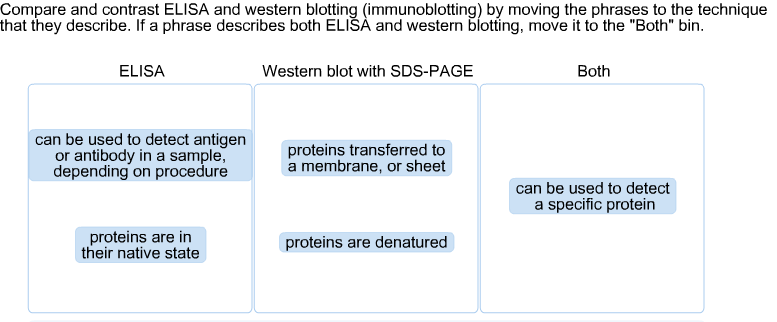

Given that it takes some time for such tests to detect the presence of antibodies in the blood, a positive result indicates that the person has been exposed to the virus in the past. These antibodies are used to detect HIV infection. When the virus enters the body, the immune system responds by producing antibodies to HIV infection. The emergence of the third generation of EIA tests stronger than the previous two generations, in addition to IgG antibodies, could also detect IgM approximately 3 weeks after infection.įinally, the fourth generation of EIA, which in addition to antibodies could also detect the P24 antigen, was used, which has been confirmed by the FDA, and can diagnose the disease 16 to 20 days after infection.Įarly detection of acute infection is critical to initiating early drug therapy as well as controlling and preventing the spread of infection.Īntibody tests detect antibodies against the HIV virus and are unable to detect the virus directly. The second generation of EIA tests was developed, which could detect approximately 4 to 6 weeks after IgG antibody infection for both HIV-1.2 types. Thus, the first generation of EIA (Enzyme Immune Assay) was first developed, which only 8 to 10 weeks after infection could detect IgG class 1 antibody against HIV, although there were many false positives and negatives in the results of this test. The first and most common way to diagnose an infection was to detect antibodies that developed over time. This time varies depending on the nature of the tests. The time interval between the entry of HIV into the body and the positiveness of a laboratory test is called the window period. In this section, we take a brief look at some of the common tests used to diagnose HIV. However, despite the negative nature of the test, it is possible to transmit the virus. The time it takes for a virus to enter a person's body until a bloody test can be detected is called the latent period or window period.īecause the disease is usually diagnosed by detecting antibodies against the virus, the results of an HIV test can be negative during this period. The HIV virus first targets and multiplies monocytes / macrophages, then multiplies in CD4 + lymphocytes.Īn HIV-infected person may appear healthy and may have no symptoms or infection for a long time.įor this reason, it can be said that the only way to diagnose HIV infection is to have a blood test. The pathogenesis of the virus progresses in three main stages:Īcquired Immune Deficiency Syndrome (HIV) or Acquired Immune Deficiency Syndrome (HIV) Types of diagnostic tests for HIV infectionĪcquired Immune Deficiency Virus (HIV) belongs to the lentis family of viruses and there are two types of viruses called type I and type II.


 0 kommentar(er)
0 kommentar(er)
